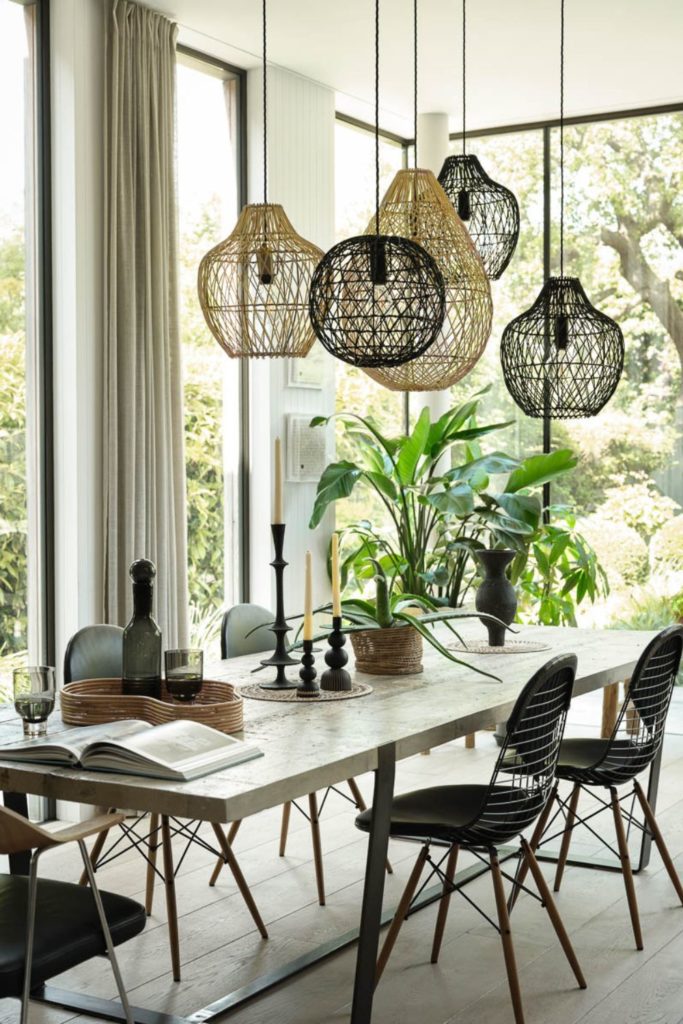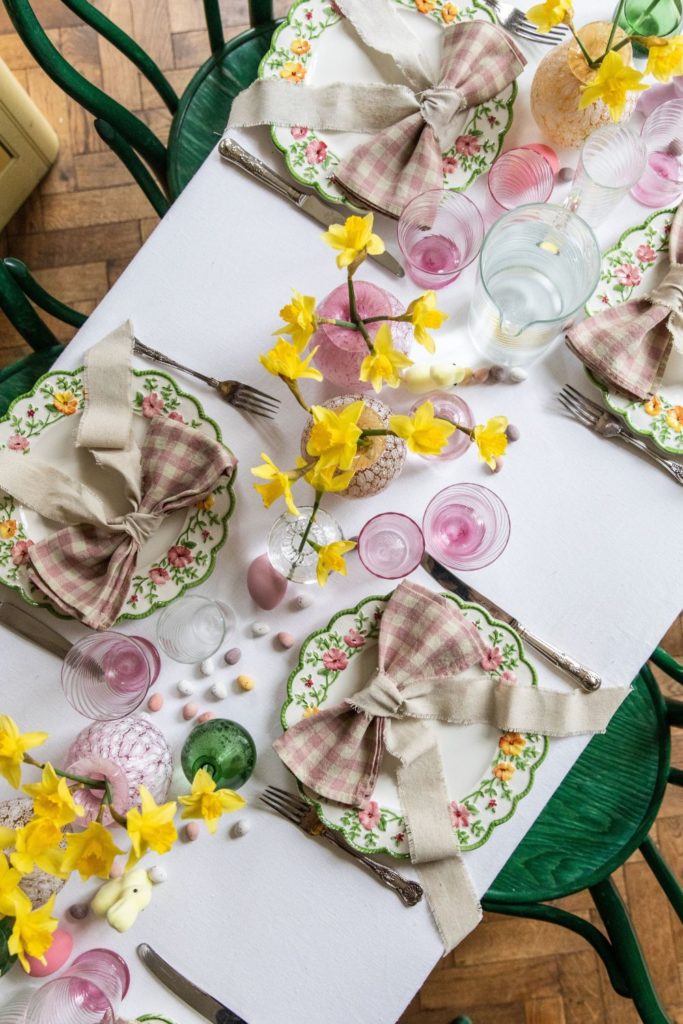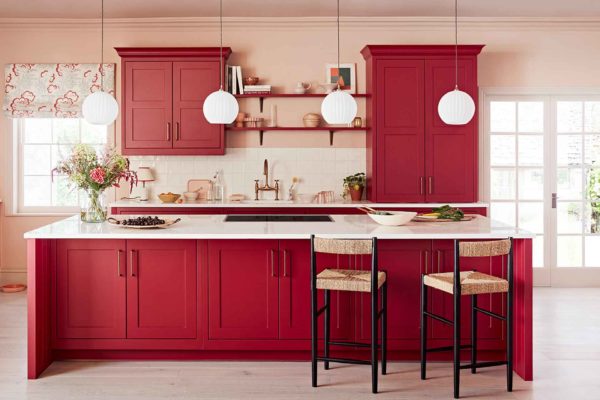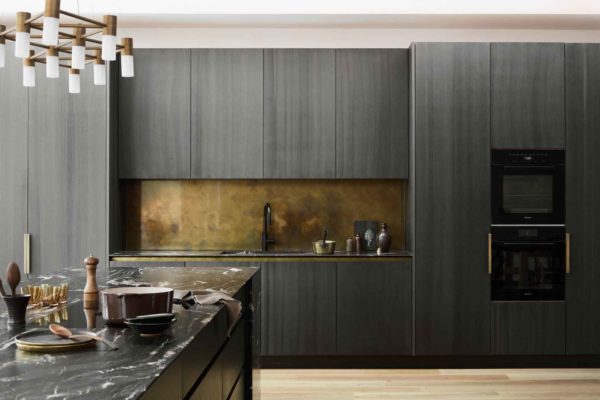Which Kitchen Sink Style Should You Choose?
By
1 year ago
Fom farmhouse sinks to stainless steel sinks, which is the perfect option for your home?
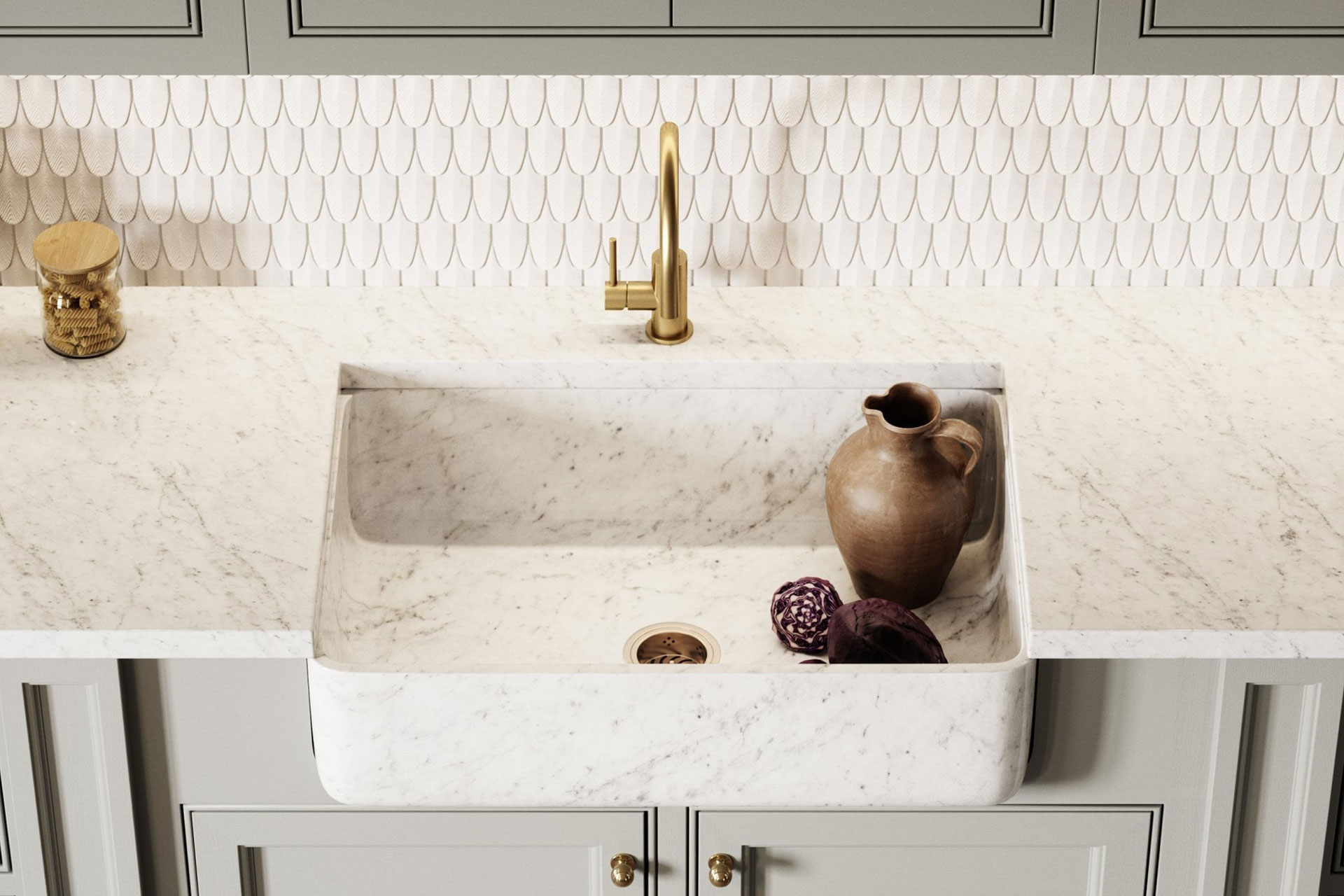
Choosing the right kitchen sink for you is no small feat. Though it may feel like an inconsequential decision, whichever style, material and design you choose can affect how easy yours is to clean, and how functional it is to use on a daily basis. And of course, it needs to look good too, so it’s important to choose a kitchen sink that matches the existing design of your kitchen; whether you have (or are planning) a sleek city kitchen, or a traditional country kitchen to cater for multiple members of the family. To help you make the right call, take a look at our breakdown of the best kitchen sink styles for every need and style preference.
Kitchen Sink Styles: How Do You Choose A Kitchen Sink?

Lusso
It’s easy to feel overwhelmed when it comes to making a decision on your kitchen sink – after all, there are so many options to choose from, and it can be difficult to know which material and style to choose to best suit your needs.
In fact, Ronke Ugbaja, Leader, Product Management at LIXIL EMENA & GROHE UK, explains that choosing a sink is as much a design choice as it is practical. ‘When choosing and installing a kitchen sink, it is important to select a design that complements your personal style and existing interior décor. Equally as important is choosing a sink that will cater to how you use your kitchen – whether you need something spacious for a big family home or a particularly hard-wearing design if you are a keen cook.’
Kitchen Sink Types
To make it a little easier, these are the different types of kitchen sinks you’ll need to choose from:
- Undermount sink: Put simply, an undermount sink is one that is clipped onto your countertops from below, and typically comprises just a sink, rather than a sink and a draining board. An undermount sink is usually typified by its edges meeting the edges of the counter, and might also have a dividing panel, changing it from a single bowl sink to a double basin sink (more on that below).
- Top-mounted sink: A top-mounted sink, on the other hand, is generally installed from above, and sits in alignment with your kitchen worktop. Most top-mounted sinks have large rims, and many come with pre-installed draining boards, too.
- Single bowl sink: A single bowl sink is essentially what it says on the tin: this type of sink is just one bowl, without a draining board or a smaller sink separated by a division. Typically, a single bowl sink is made from stainless steel, but they can come in all kinds of materials. Mike Whitefield, interiors expert at Lusso, explains, ‘Simplicity meets functionality with a single bowl sink. The usually generously sized basin of a single bowl sink is perfect for tackling sizable kitchenware, making it a good choice for those who regularly handle larger items. The straightforward design ensures easy installation and maintenance too, with no dividers or obstructions hindering your cleaning routine,’ he says. ‘They can also be a budget-friendly option. However, the singular basin may pose limitations for multitasking, such as juggling dishwashing and food preparation simultaneously.’
- Double basin sink: A double basin sink is just as it sounds; this is usually a sink divided into two separate bowls, which can be hugely beneficial for washing up in one side and rinsing in the other, or preparing food in one side and washing dishes in the other. Mike agrees, saying, ‘For the multitasking enthusiast, a double-basin sink is ideal. Featuring two separate basins, these sinks provide a designated space for different but simultaneous kitchen tasks.’ However, he explains that double basin sinks can have their disadvantages. ‘Usually, each basin in a double basin sink is generally smaller than the expansive basin of a single bowl sink, which may pose a challenge when dealing with larger kitchen items. Installing a double basin sink can also be more complex, as the presence of two basins requires additional plumbing.’
- Apron sink: Apron sinks have become hugely popular over the years. Originally used primarily in butler’s pantries – explaining why they are often called butler’s sinks – they have quickly become an in-demand option in modern properties. An apron sink is typically undermounted to your kitchen worktops, but will have its front side exposed, as opposed to being covered by your kitchen cabinets. Apron sinks have many names, including farmhouse sinks; both are essentially the same, but while farmhouse sinks tend to be made from ceramic or porcelain, apron sinks can be made with any material. ‘A farmhouse sink, or apron sink, is big, wide and deep, and far more of a statement than a typical undermounted sink,’ Helen Parker, Creative Director of deVOL Kitchens explains. As mentioned, they are sometimes referred to as butler or Belfast sinks; both of these types of sinks have an exposed front, but the difference is that a butler sink tends to be wider and more shallow (for easier water drainage), whereas a Belfast sink is deeper and less wide, and more like a typical undermount or top mount sink.
- Integrated sink: Integrated sinks are, as the name may suggest, sinks that are built into the worktop of your kitchen, and are therefore often made from the same material as your countertop. With an integrated sink, your kitchen will flow seamlessly from worktop to sink and back again. But it’s worth noting that these can usually only be added to your home if you are building your kitchen bespoke; adding this type of sink to an existing kitchen would require entirely new worktops.
Weighing The Options
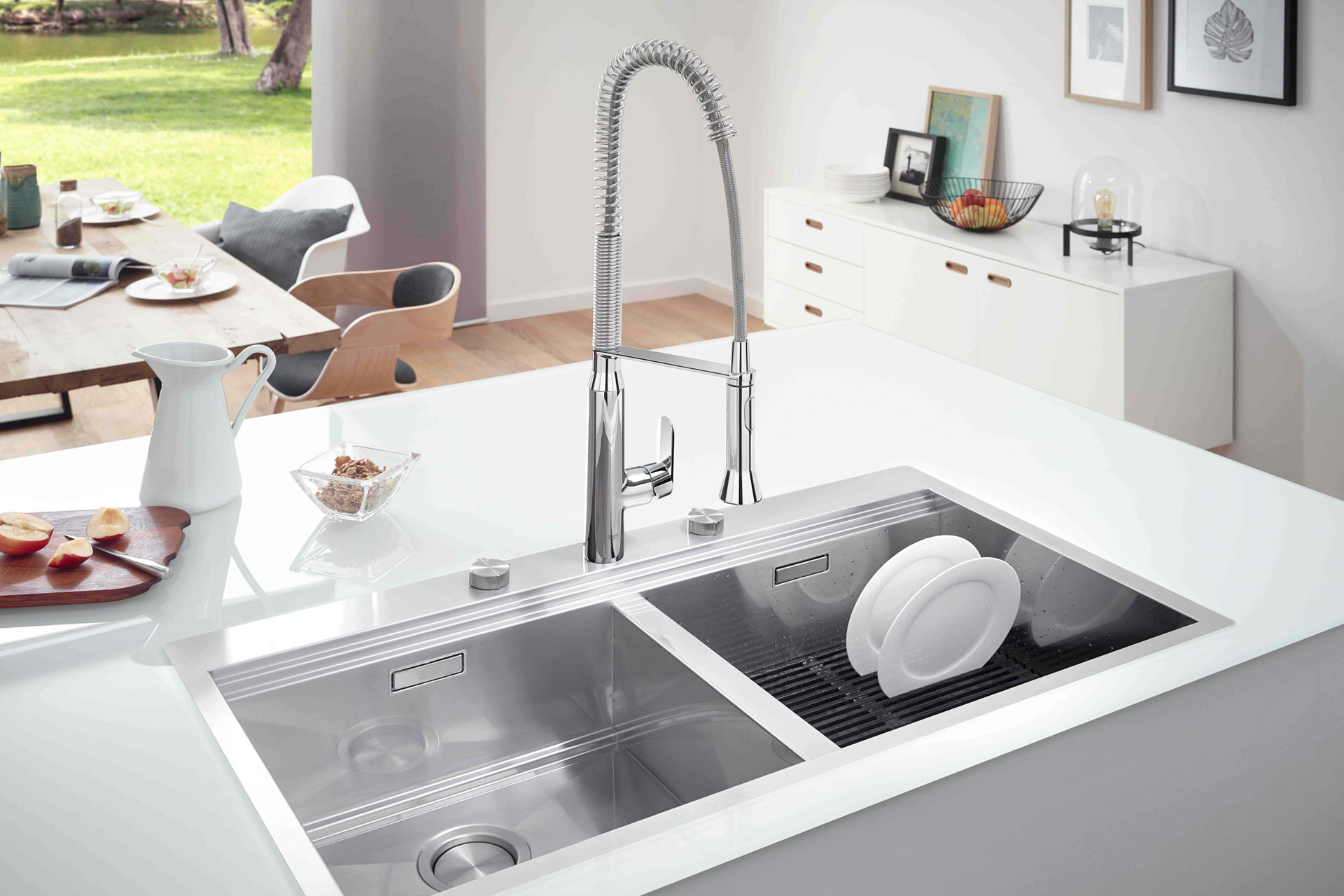
GROHE
So how do you know which of the above is the best style for you to choose? As evidenced, there are advantages and disadvantages to each sink style – from ease of installation to how stylish they’ll look in your home.
It’s important to first consider how much space you have available for your sink – and whether you’re creating an entirely new kitchen from scratch or not. Ronke explains that a larger, double basin sink can be preferable to single bowl sinks, but only if you have the worktop space available. ‘If your kitchen design will allow you to, opting for a 1.5 or 2 bowl sink is always a great way to enhance and get more out of your kitchen space. Creating that additional space around the sink area will support hygienic food preparation, and make cleaning and organisation easier,’ she says.
Mike also explains that considering how you use your kitchen on a daily basis is an important way to weigh up the benefits of a single or double basin sink. ‘If you do a lot of dishes by hand, for example, a deep single-bowl sink may be preferable, while someone who frequently multitasks in the kitchen may find a double-bowl sink more practical.’
But while having the space is one thing, Helen also explains that you should ensure that your kitchen sink is appropriately sized, too. ‘For example, farmhouse sinks will fit into tiny cottages or large country house kitchens, but it’s important that a farmhouse sink is to scale with the rest of the room’, she explains. ‘We recommend having a similar sized sink to your cooker if you have the opportunity; a large 1000mm range cooker with a matching 1000mm wide farmhouse sink makes the room feel well-proportioned and appropriate in its fittings.’
Consider the budget you have available for your kitchen sink, too. Top mount sinks tend to be the most affordable, while most bespoke options like integrated sinks will have you paying a fair amount more. And of course, the material type will also affect the cost; stainless steel sinks tend to be much less expensive than marble, for example. But Mike urges that if you can afford to invest in your sink, it will be well worth it in the long run. ‘Keep in mind that investing in a high-quality, durable sink can be a wise decision for long-term satisfaction,’ he says.
What Is The Best Style Of Kitchen Sink?
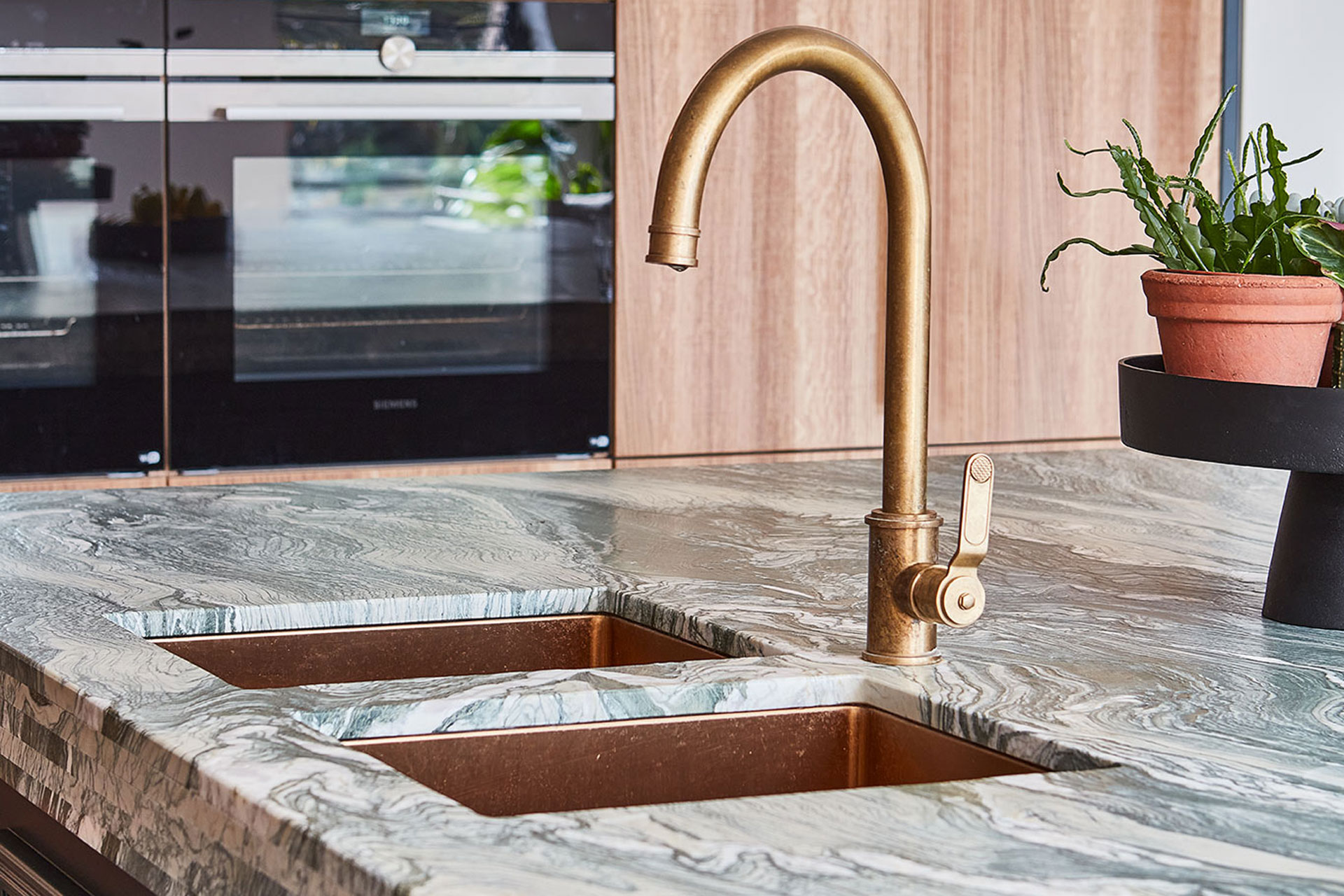
Blakes London
If you’re looking for style:
We all want our kitchens to look as chic as possible, and a kitchen sink can make more of an impact on the room as a whole than you may think. Most experts suggest that an integrated sink will likely make the biggest statement to your kitchen, from a design point of view.
‘Without doubt, the most luxurious sink is one that is made of the same surface as the worktop,’ Amy Hicks, Lead Designer at Blakes London, says. ‘We like to run a stone worktop down into the sink so that the whole workrun is made of the same material. This works particularly well in marble and will provide a refined sophisticated and ultimately very luxurious yet understanded aesthetic.’
Helen also suggests that Belfast sinks are an incredibly good-looking choice. ‘We always recommend Belfast sinks; they look the part, are sturdy and traditional, and there is just something about them that feels much nicer than a plain stainless steel undermounted sink. They seem to elevate the washing up and sink area into a feature rather than just a practical place to wash up,’ she says.
You can also add serious style via your chosen sink material. Helen suggests thinking outside of the box, veering away from the typical stainless steel sinks. ‘For example, copper sinks are beautifully understated and mellow to the eye. They are elegant but incredibly hard wearing and they age beautifully, gathering character with every use.
‘Similarly, the virtues of marble sinks are, in my opinion, endless,’ Helen says. ‘They offer natural beauty that is ageless and also practical beyond measure, especially for those that love patina, history and elegance in their appliances.’
If you’re looking for practicality:
Since they’re used on a daily basis for food preparation and washing up, kitchen sinks are one of the most high-traffic areas of the entire home. So for those whose key concern is practicality, and a sink that is easy to use and maintain, Amy suggests an undermount stainless steel sink.
‘Undermount stainless steel sinks are still the most popular sink style for those thinking about practicality first and foremost. Easy to clean, hard to damage, and cost effective, they have the added benefit of being a design neutral,’ she says.
‘Largely hidden beneath a work surface, they can blend into any design allowing the work surface to be the focal point of a kitchen design. Undermounted sinks are by far the most practical from a hygiene perspective, and stainless steel is less likely to stain or be scratched as opposed to a ceramic or marble.’
If you’re looking for sustainability:
More of us than ever before are considering how to make our homes as sustainable as possible – so if you’re keen to make your kitchen sink an eco-friendly addition to your home, it pays to opt for certain materials.
‘Look for materials that are recyclable or made from sustainable sources,’ Mike suggests. Stainless steel, for example, is a fantastic choice, as they are easy to maintain and, as such, last a long time. They can also be easily recycled at the end of their life. You can also source sinks made out of recycled copper, making good use of previously discarded materials.
Which Type Of Kitchen Sink Is Most Durable?
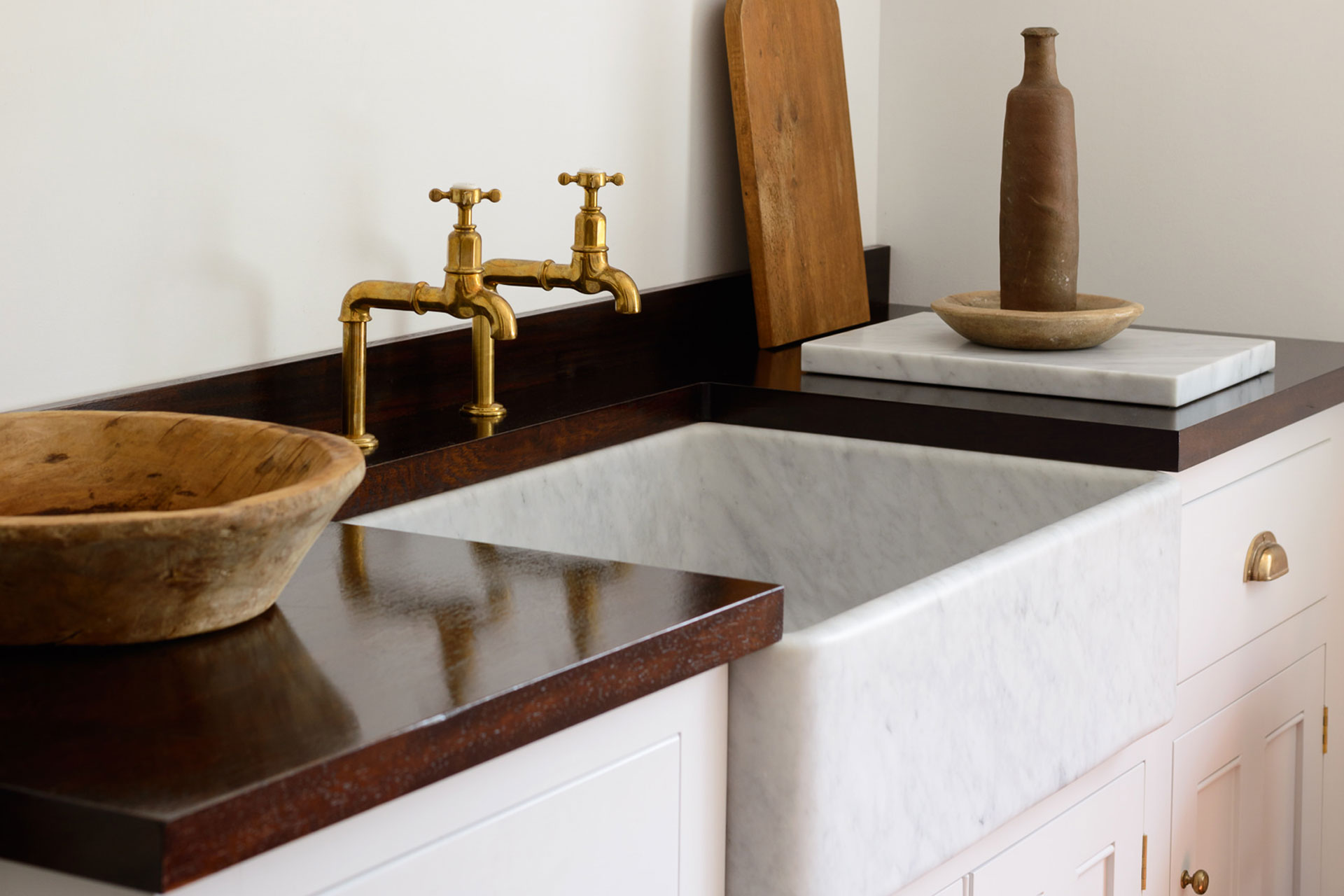
deVOL
With constant daily use, it’s important that your kitchen sink is able to endure knocks, hot pans, water and accidents that may occur, to maintain its original condition as best as possible.
The most durable kitchen sink materials, according to Ronke, are stainless steel and a mixture of different composite materials. ‘Both of these materials are extremely durable, which is essential when shopping for such a high traffic household item,’ she says.
Mike agrees, saying, ‘Stainless steel sinks are often considered the easiest type to keep clean because the material typically has a smooth, non-porous surface, making it more difficult for dirt and grime to adhere.
‘Stainless steel is also resistant to corrosion, rust and staining and tends to be a durable choice. However, you may find it needs regular cleaning to reduce the appearance of water spots,’ he continues.
When it comes to composite sinks, Ronke says ‘composite sinks offer superlative durability and function. For example, GROHE’s composite sink range achieves this by using 80% quartz mixed with acrylic resin, for a hardwearing material that is hygienic and easy to clean.
‘Another benefit of the dense material combination of quartz and acrylic is its ability to reduce noise from within the sink bowl itself, caused by water running or when cleaning pots and pans.’


